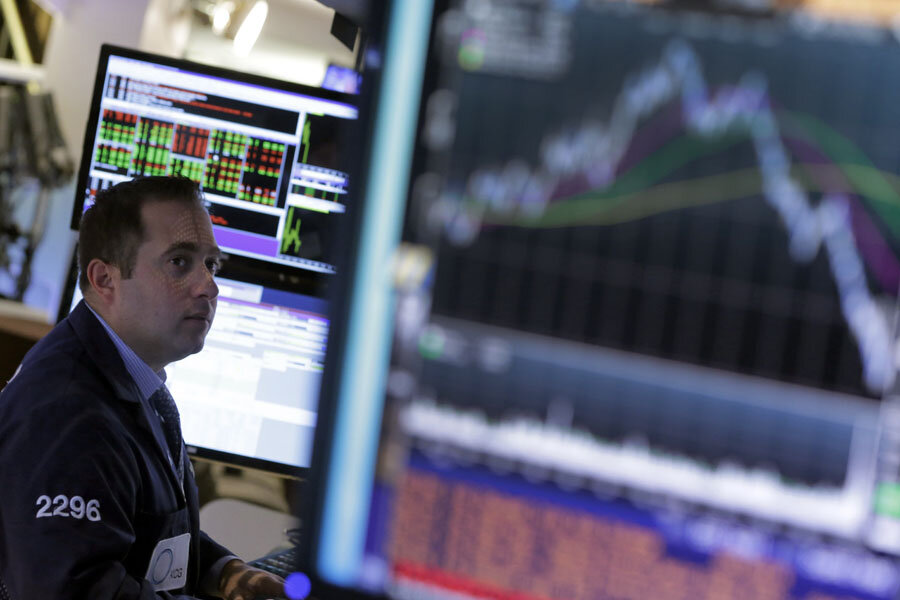Stocks are back to normal: bumpy
Loading...
A client recently expressed some concern for her investment accounts based on an article she read in the New York Times. We walked through some scenarios with regards to how her investments and long-term plans might be affected. Although we came away with the realization that her investment plan did not need any major changes, we did realize something else. Volatility is back.
As a financial advisor, I realize that the market has not been bumpy for the last couple years. But as a former engineer, I decide to go to the data. I wanted to look at the volatility of the S&P 500 from the bottom of the 2001-2002 bear market through the 2008-2009 bear market and on to today. The bottom of the 2001-2002 market occurred on October 9, 2002, with the S&P at 777.8 (all data from Yahoo Finance; closing S&P daily prices). I quantified the number of days the market moved more than 1%. This is my simple proxy for daily volatility.
Here are a couple of fun facts:
- Since October 9, 2002, there have been 3,017 trading days. 27% of them have seen +/- 1% moves.
- In 2008 and 2009, during the most recent bear market, just under 50% of trading days were +/- 1%. Now that’s volatility!
As we suspected, volatility has been decreasing in recent years. Here is the percentage of +/- 1% days since 2009:
- 2010: 30%
- 2011: 38%
- 2012: 20%
- 2013: 15%
- 2014: 12% (through Oct. 3, 2014)
That is a pretty good run of decreasing volatility.
I thought this was a good reminder not to get complacent. The last couple of years have been fun. And calm. But the stock market is not normally so calm. An increase in volatility at this point would be totally consistent with history. Given the Federal Reserve is starting to unwind its historical stimulus, I think we should at least expect normal levels of volatility.
Things certainly aren’t going to get easier for us if markets get bumpier from here. And it will be that much tougher because we have become used to the cushy ride. Remember, volatility doesn’t necessarily mean losses. 2009 was a pretty volatile year, but the S&P returned 26.5%.
The best remedy for volatility is to maintain a well-diversified portfolio and stick to your investment strategy. If you have enjoyed the run of the last several years but neglected to look at your portfolio, you may consider rebalancing back to your target strategy.
Buckle your seat belts: The bumps are back.
The post The Stock Market Is Back to Normal: Bumpy appeared first on NerdWallet News.
Learn more about Brian on NerdWallet’s Ask an Advisor






